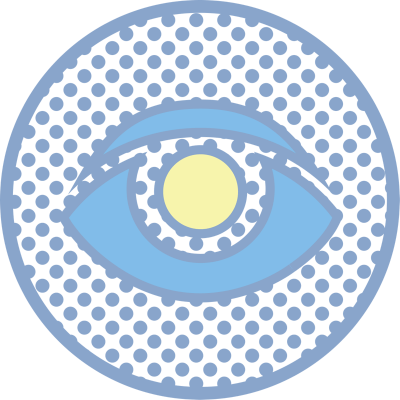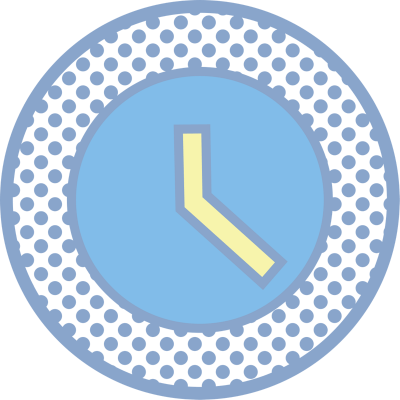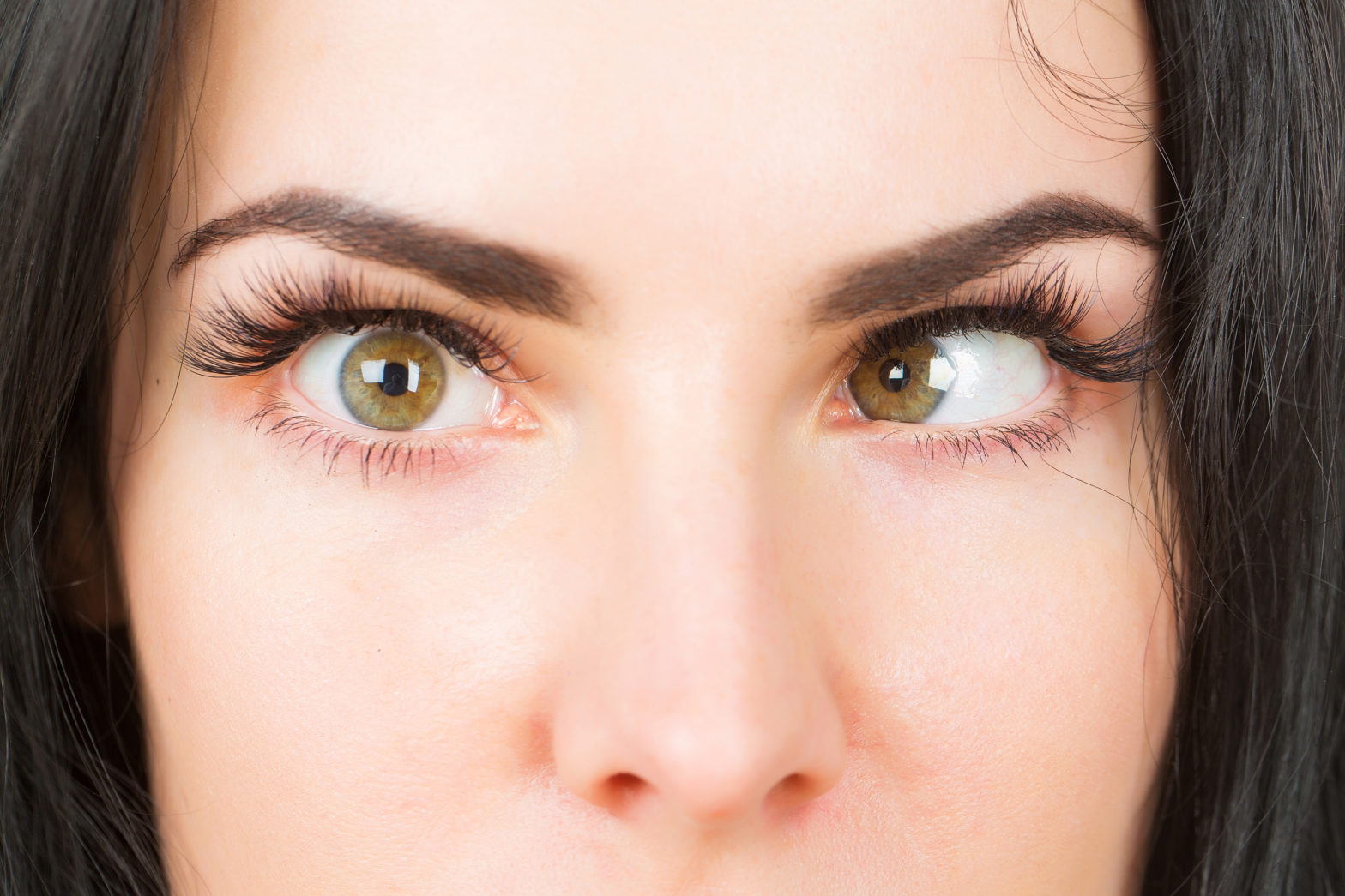What is Squint (Strabismus)?
Squint, also known as strabismus, is a condition where the eyes do not align properly. One eye may turn inward, outward, upward, or downward while the other eye remains focused. This misalignment can be constant or occasional, affecting depth perception and overall vision. Squint can occur in children and adults, leading to vision disturbances, eye strain, and even permanent vision loss if left untreated.
Symptoms of Squint (Strabismus)
The symptoms of squint vary depending on the severity and type of misalignment. Some common signs include:
- Misaligned eyes (one eye turning in a different direction)
- Double vision
- Difficulty focusing on objects
- Frequent eye strain or headaches
- Squinting or tilting the head to see clearly
- Reduced depth perception
- Inconsistent vision clarity

Causes of Squint (Strabismus)
Squint can develop due to various reasons, including:
-
Genetic factors : A family history of squint increases the risk.
-
Nerve disorders : Conditions affecting eye muscle control can lead to misalignment.
-
Refractive errors : Uncorrected myopia, hyperopia, or astigmatism can cause the eyes to work harder, leading to squint.
-
Eye muscle imbalances : Weakness or dysfunction in eye muscles can result in misalignment.
-
Neurological conditions : Certain brain disorders may interfere with eye coordination.
-
Injuries : Trauma affecting the eye muscles or nerves can cause squint.
-
Medical conditions : Issues like cerebral palsy or Down syndrome are often associated with squint.
Types of Squint (Strabismus)
Konokono linalobadilika
What is Convergent Squint? Also known as esotropia, this occurs when one eye turns inward...
Macho ya kupooza
What is Paralytic squint? This occurs when one or more eye muscles are paralyzed, leading...
Divergent Squint
Kengeza, au strabismus, ni wakati macho hayajipanga vizuri, na kusababisha moja au yote mawili kugeukia pande tofauti.
Concomitant Squint
Kengeza, au strabismus, ni wakati macho hayajipanga vizuri, na kusababisha moja au yote mawili kugeukia pande tofauti.

Squint Prevention
While some types of squint cannot be prevented, early detection and intervention can help reduce complications. Here are some preventive measures:
-
Regular eye check-ups, especially in children
-
Correcting refractive errors with glasses or contact lenses
-
Managing underlying health conditions that may contribute to squint
-
Eye exercises to strengthen coordination and alignment
-
Encouraging proper screen time habits to reduce eye strain
What are the Available Tests for Squint?
Squint diagnosis involves a series of eye examinations to determine the type and severity of misalignment. Common tests include:
-
Visual acuity test: Measures the clarity of vision in each eye.
-
Cover test: Identifies the affected eye by covering one eye at a time.
-
Hirschberg test: Assesses the alignment of the corneal reflection.
-
Refraction test: Determines the presence of refractive errors.
Ocular motility test: Evaluates eye muscle movements.
Frequently Asked Questions (FAQs) about Squint
Can squint eyes be corrected?
Yes, squint eyes (strabismus) can be corrected through treatments such as eyeglasses, vision therapy, eye muscle exercises, Botox injections, or surgery, depending on the severity and underlying cause. Early intervention improves the chances of successful correction.
What are some effective exercises for squint eyes?
Effective exercises include pencil push-ups (focusing on a moving pencil), Brock string exercises (using beads on a string to improve eye alignment), and eye patching (covering the stronger eye to train the weaker one). However, exercises work best for mild cases and should be guided by an eye specialist.
Is squint eye a genetic condition?
Yes, squinting eyes can have a genetic component. If a family member has strabismus, there is a higher risk of developing it. However, it can also occur due to neurological issues, eye muscle imbalances, or conditions like premature birth.
What causes squint (strabismus) in adults?
In adults, strabismus can be caused by nerve damage, eye muscle disorders, stroke, head trauma, thyroid eye disease, or conditions like diabetes. It may develop suddenly or worsen over time, requiring treatment such as glasses, vision therapy, or surgery.
What is the cost of squint surgery?
It is a smart decision to invest in a good health insurance plan to ensure that you and your family members are covered in case a medical crisis occurs in the future. Before we come to strabismus surgery cost, it is important to remember that the success rate of squint eye surgery is usually high; thus, the cost of the treatment proves to be a one-time investment.
If you are going for a squint eye treatment/surgery, take a bracket of around INR 7000 to INR 1,00,000. However, this can change with the offered medical facilities and infrastructure.
What is adult lazy eye?
Amblyopia, also known as adult lazy eye, refers to the medical condition where there is reduced vision in one eye caused by abnormal or irregular sight development in early life stages. The lazy or comparatively weaker eye often wanders outwards or inwards. Usually, the adult lazy eye develops from birth and goes up to the age of 7.
Even though it rarely affects both eyes together, it is one of the primary causes of decreased vision/eyesight among children. Below we have mentioned some of the many symptoms of adult lazy eye:
- Head tilting or squinting
- Shutting one eye
- Bad depth perception
- Abnormal or strange results of eyesight screening test
- An eye that wanders outward or inwards.
What are the risk factors and causes of adult lazy eye?
Some of the many risk factors of adult lazy eye include development disabilities, family history of lazy eye, premature birth, and more. On the other hand, if this eye condition is not treated in time, it can lead to permanent vision loss.
How to Prepare for eye muscle repair surgery?
The patient will undergo a comprehensive eye and physical examination before the eye muscle repair surgery. In addition, the doctor will take some eye measurements to determine which muscles are stronger or weaker than they should be.

Usipuuze shida ya macho!
Sasa unaweza kufikia madaktari wetu wakuu kwa kuweka nafasi ya mashauriano ya video mtandaoni au miadi ya hospitali
Weka miadi sasa
